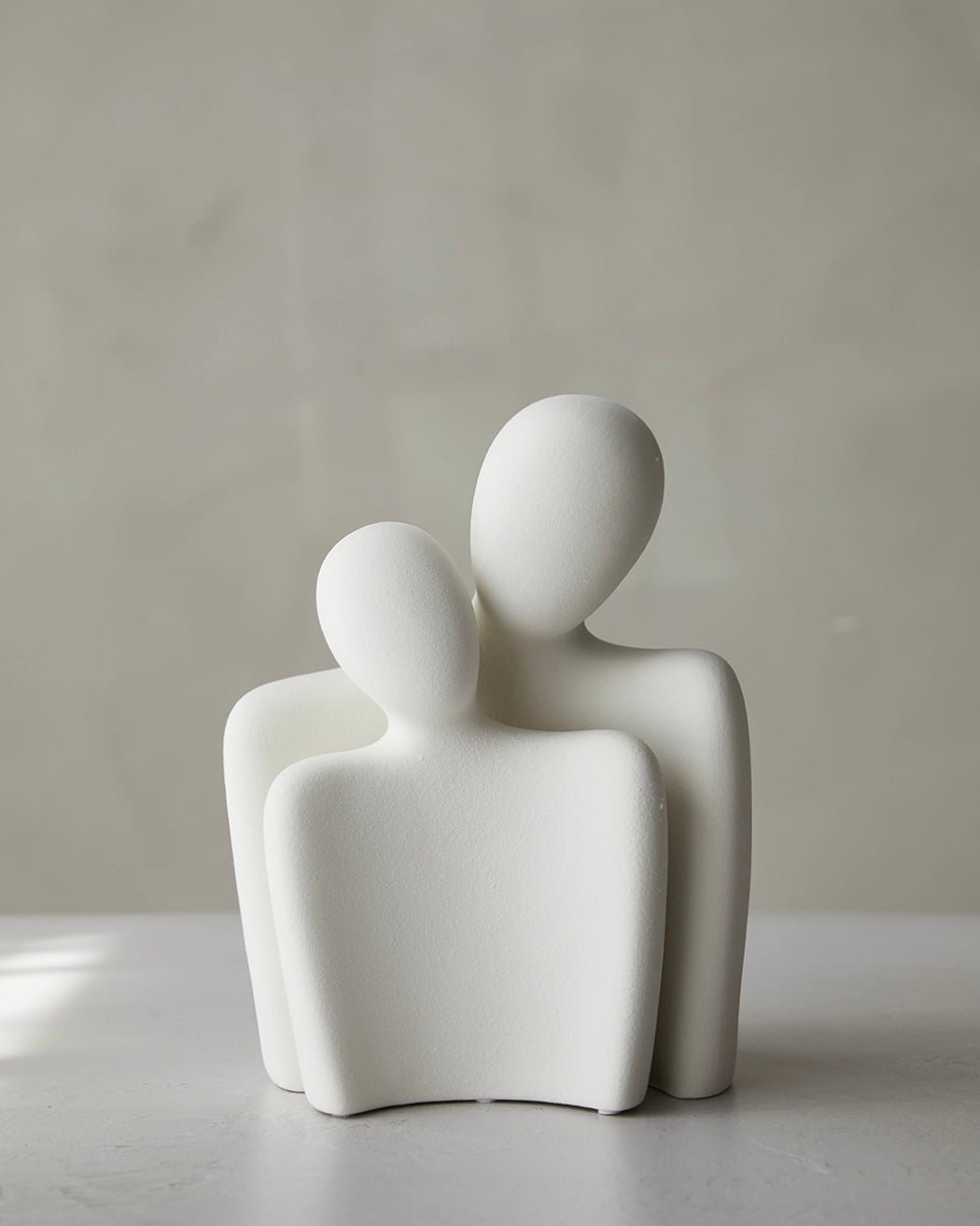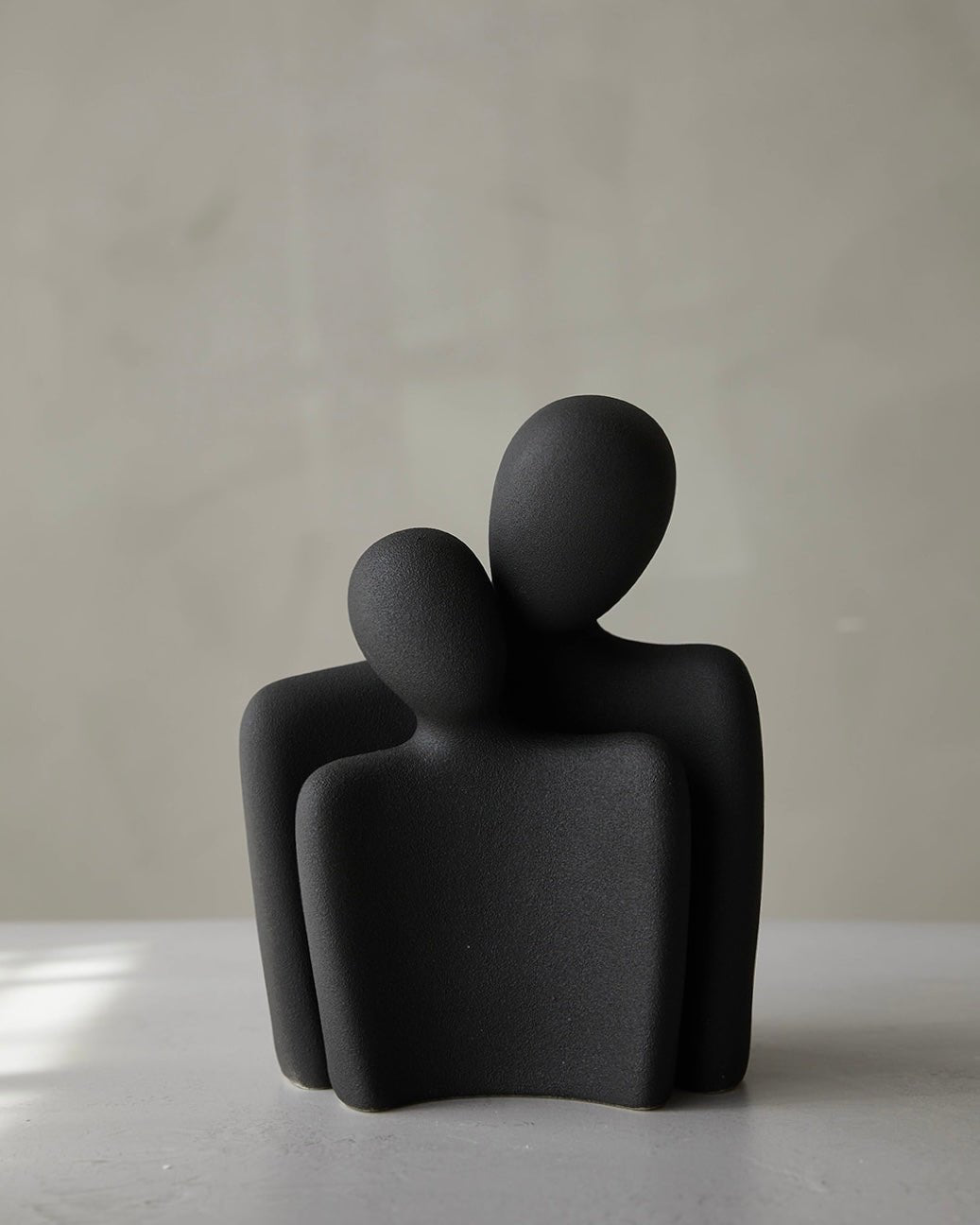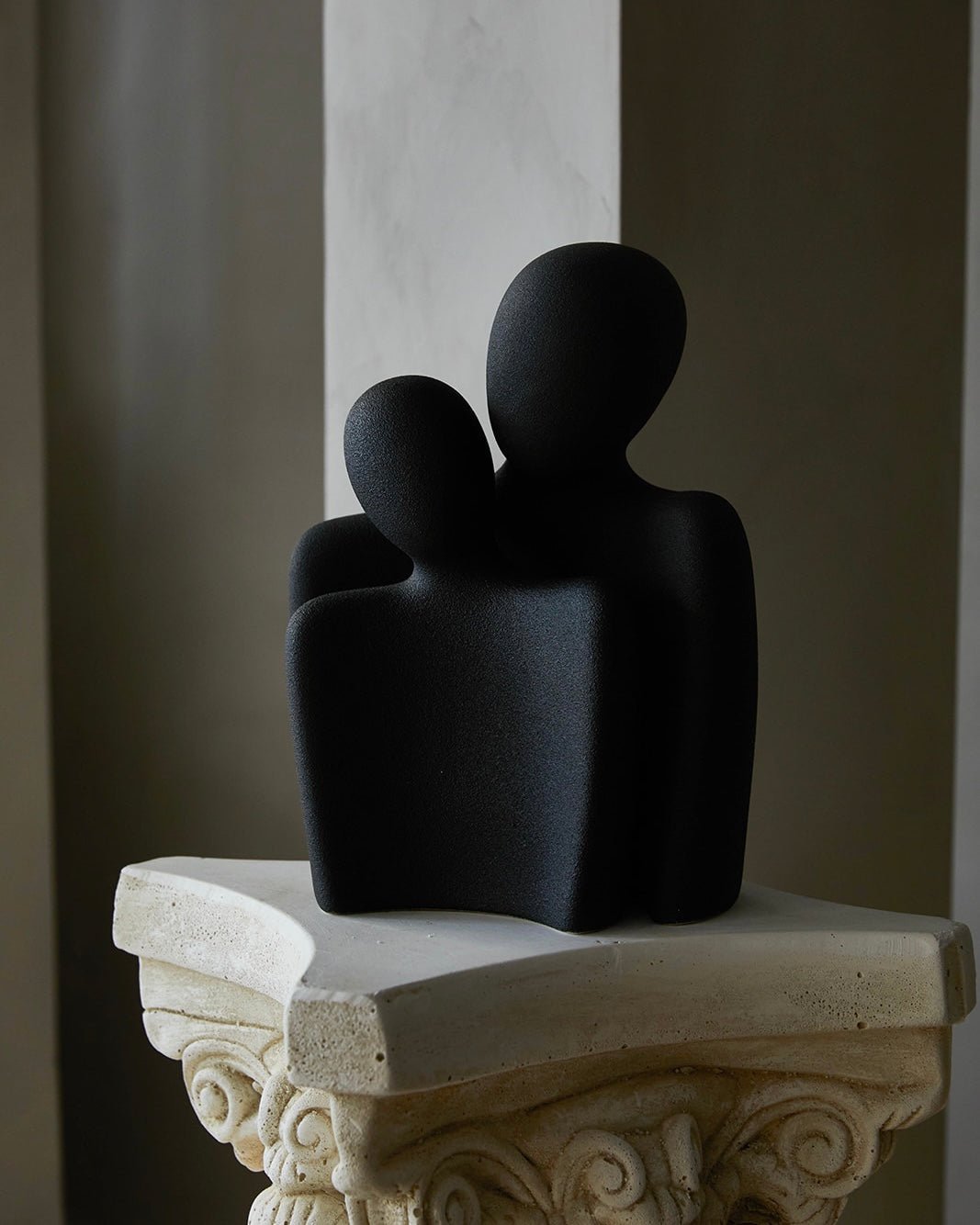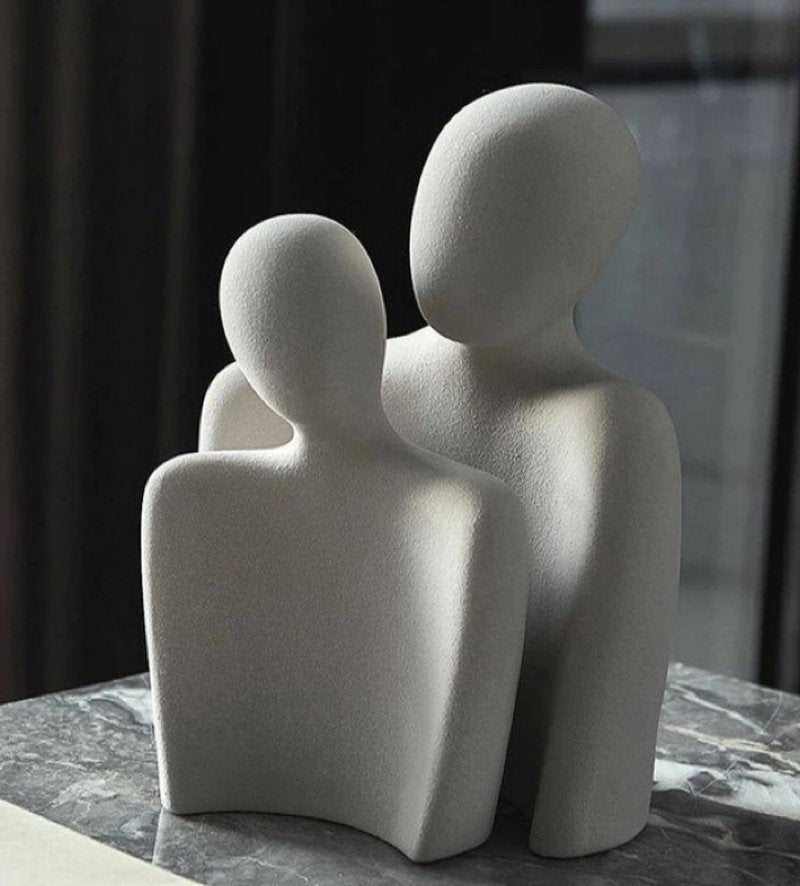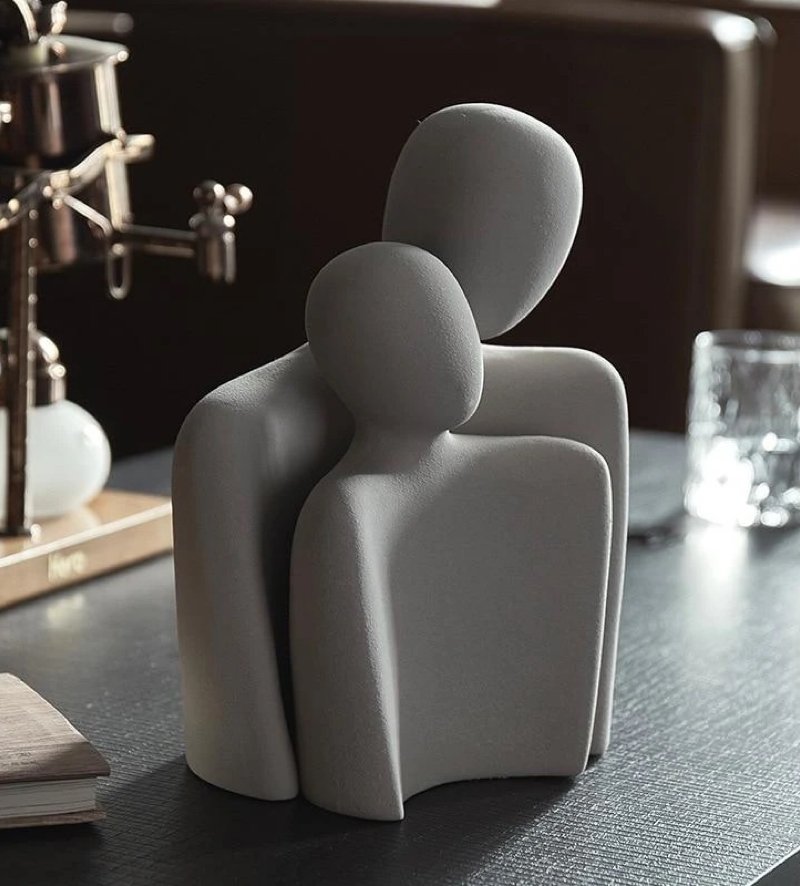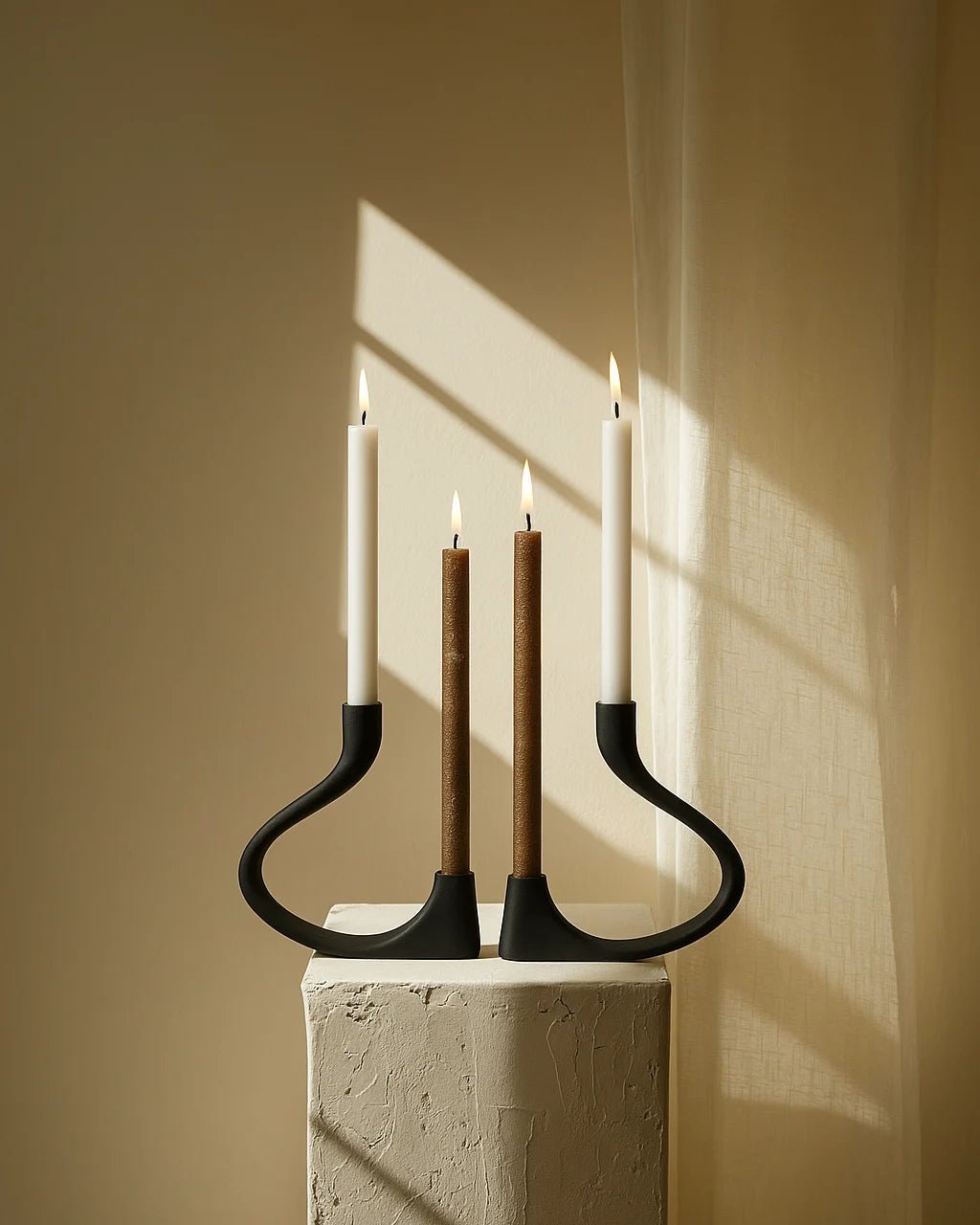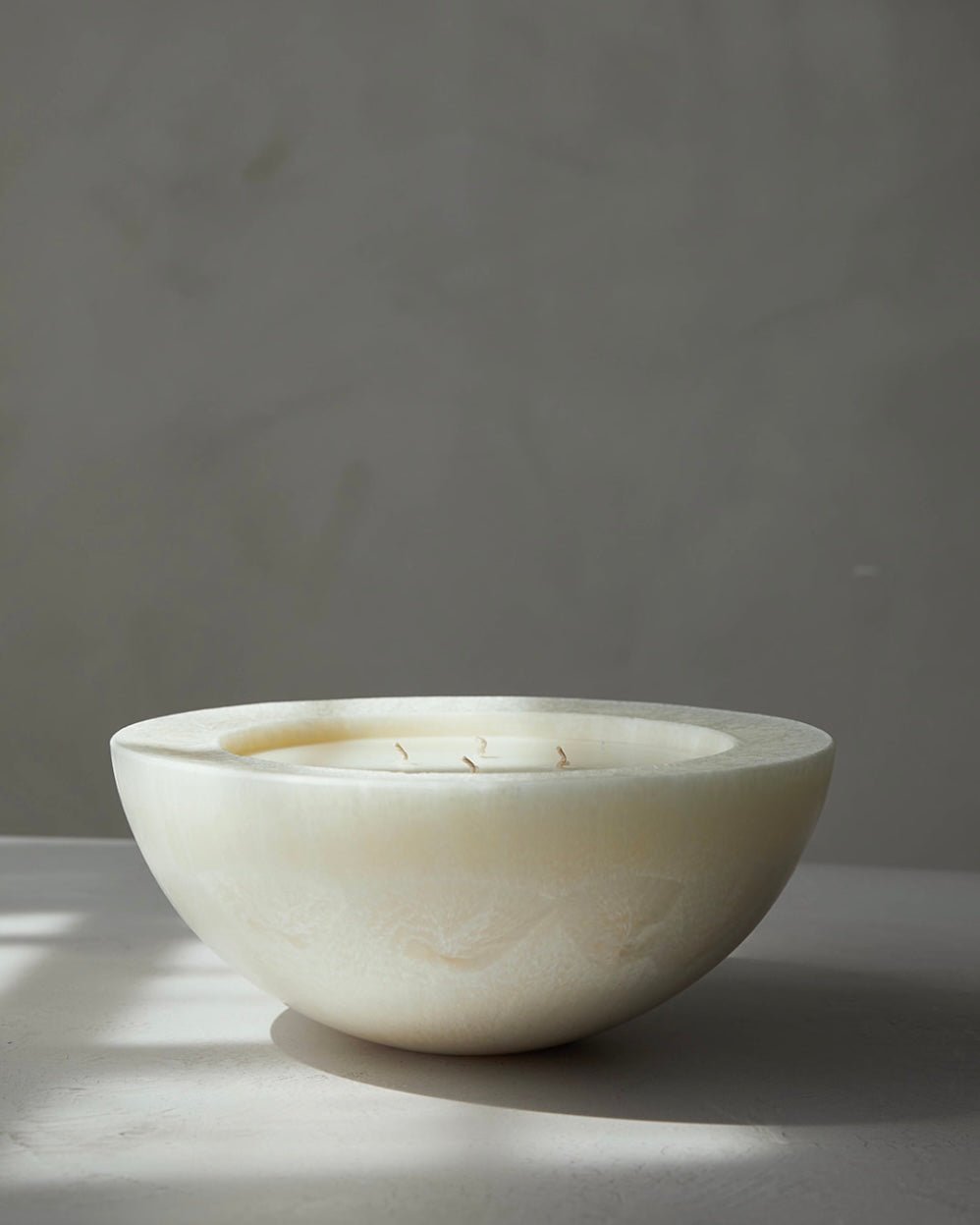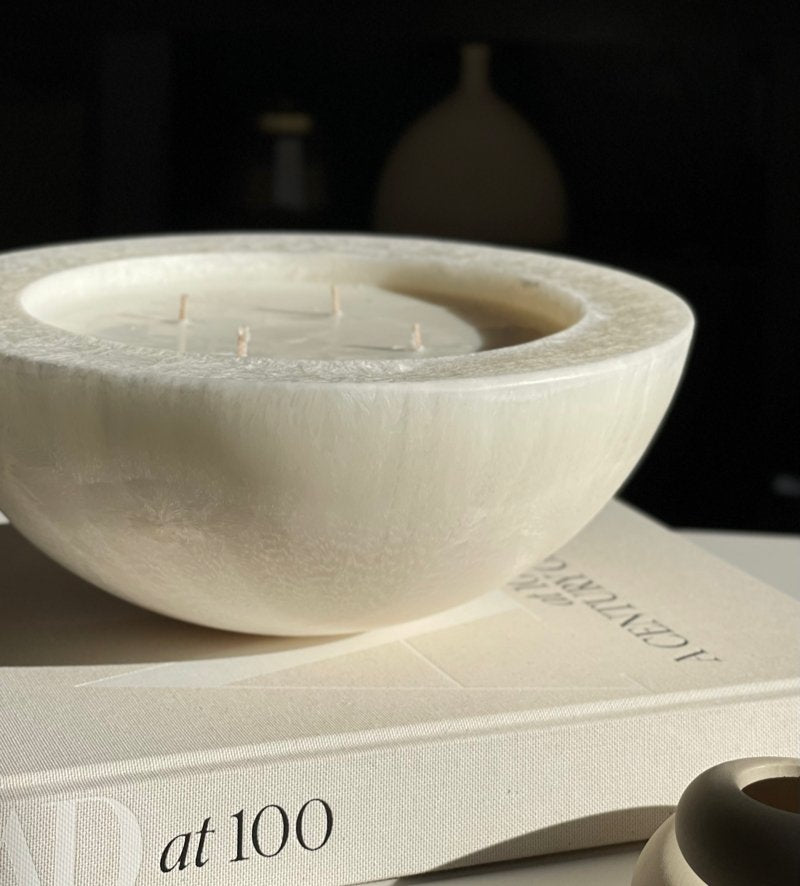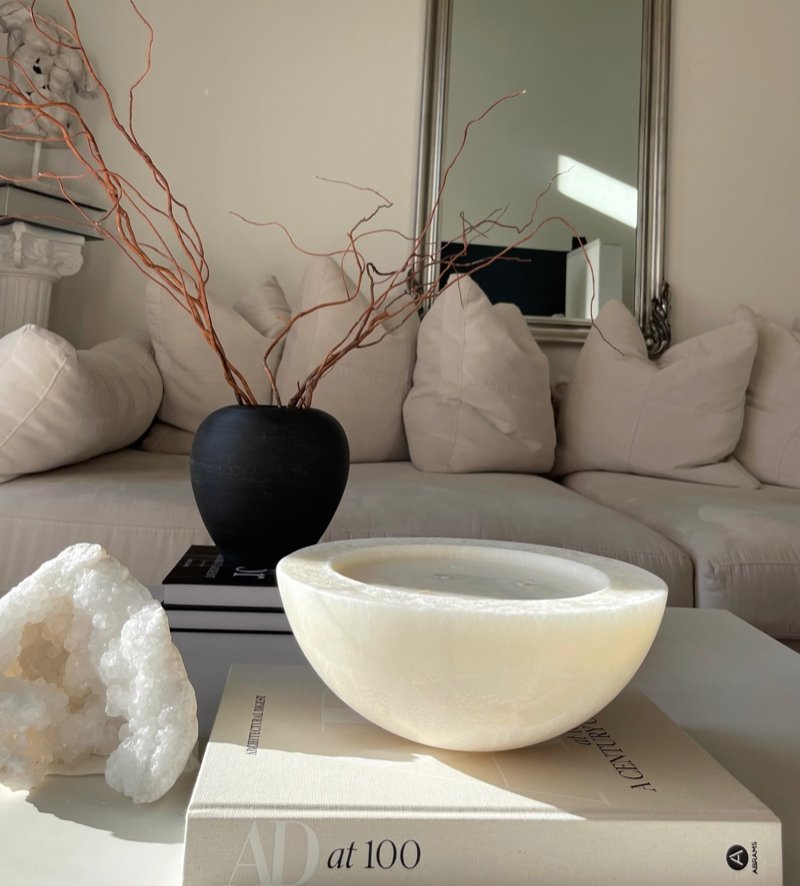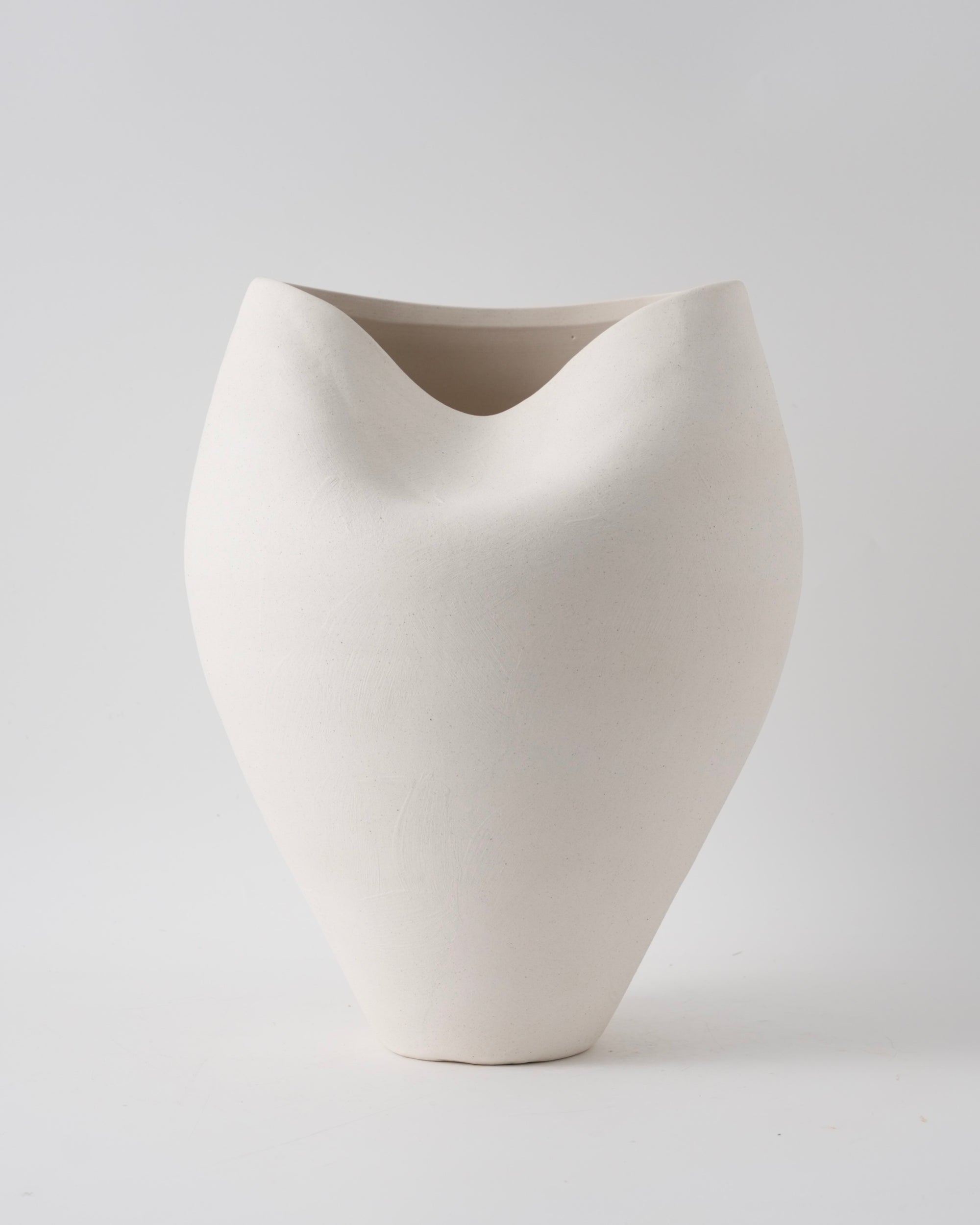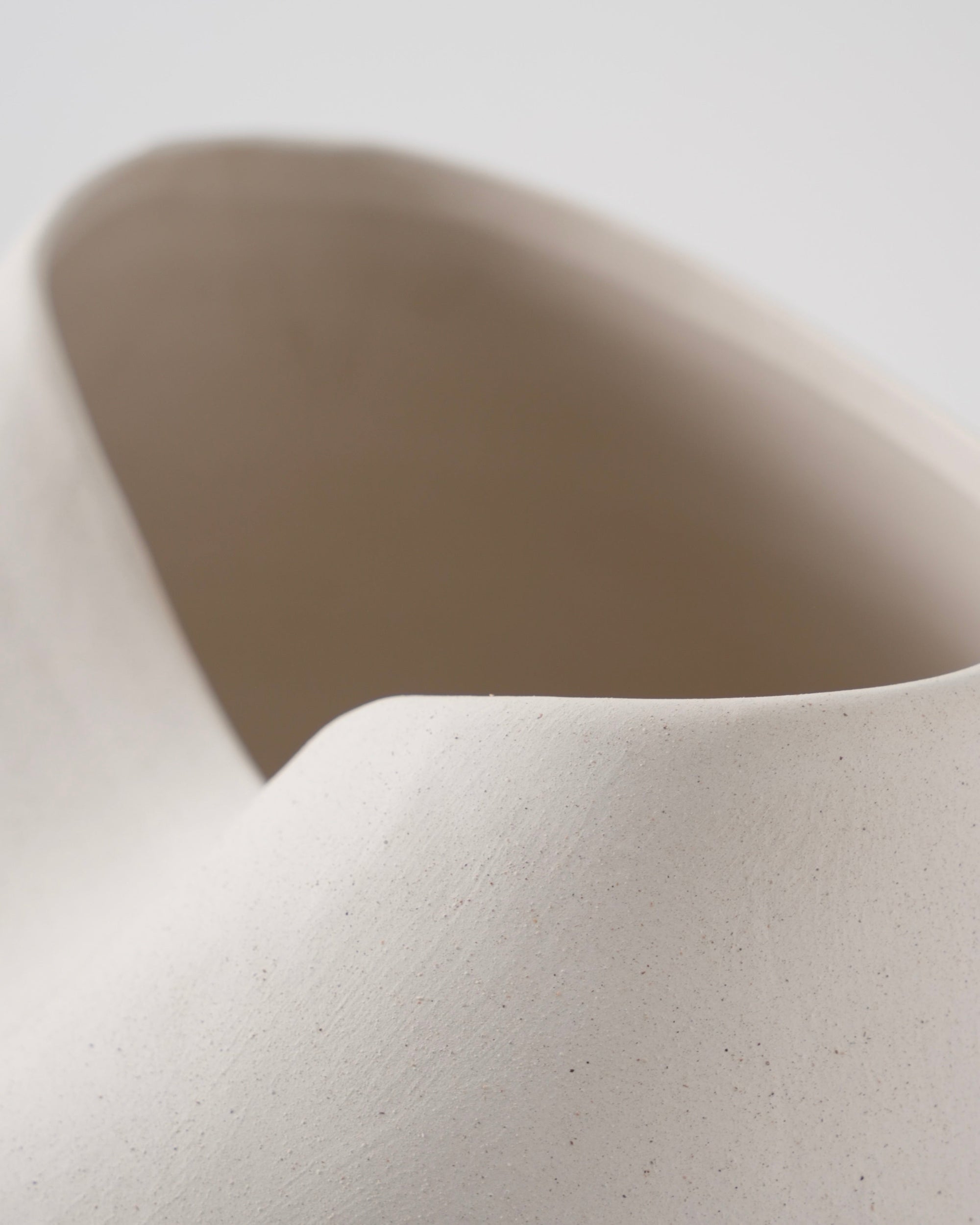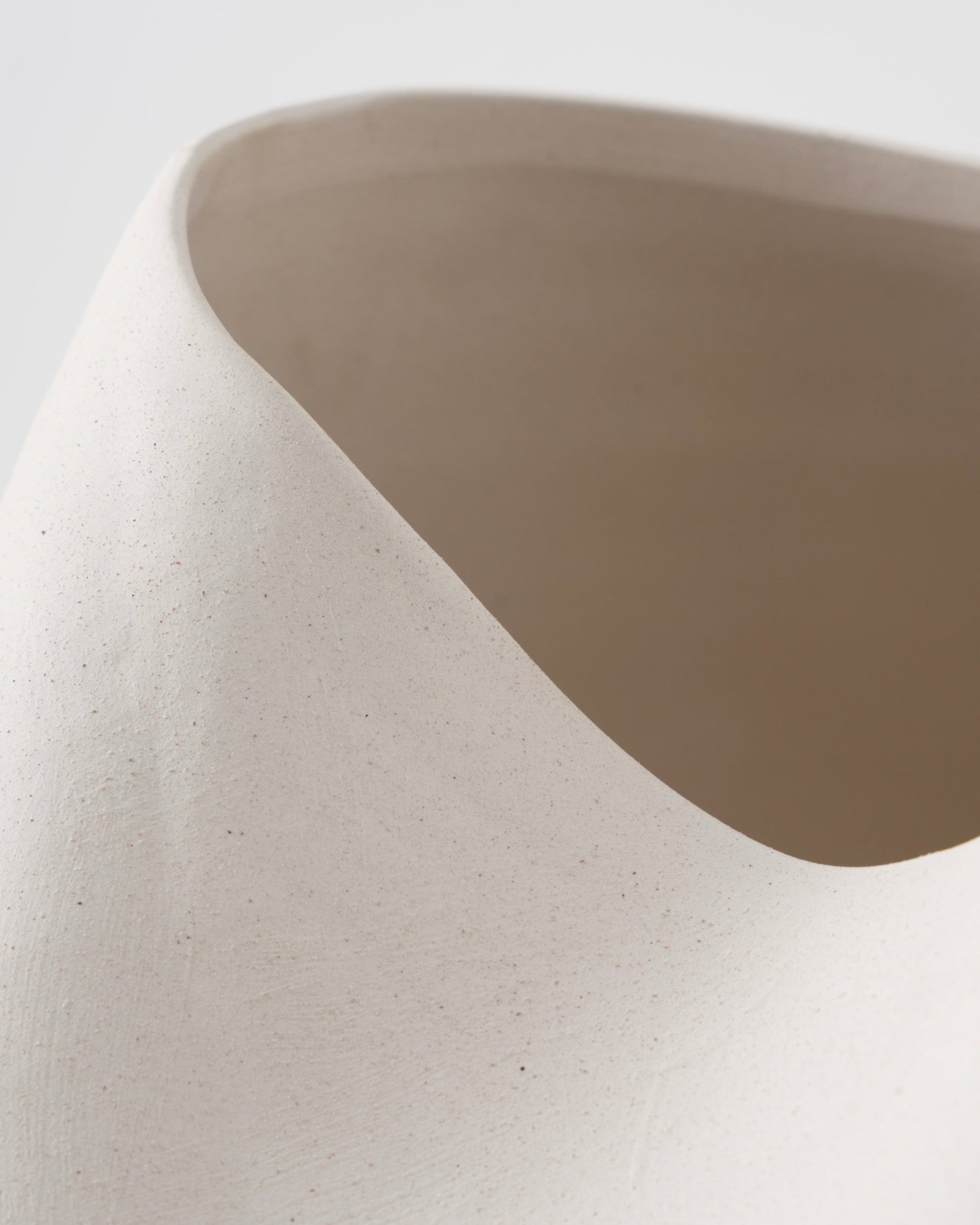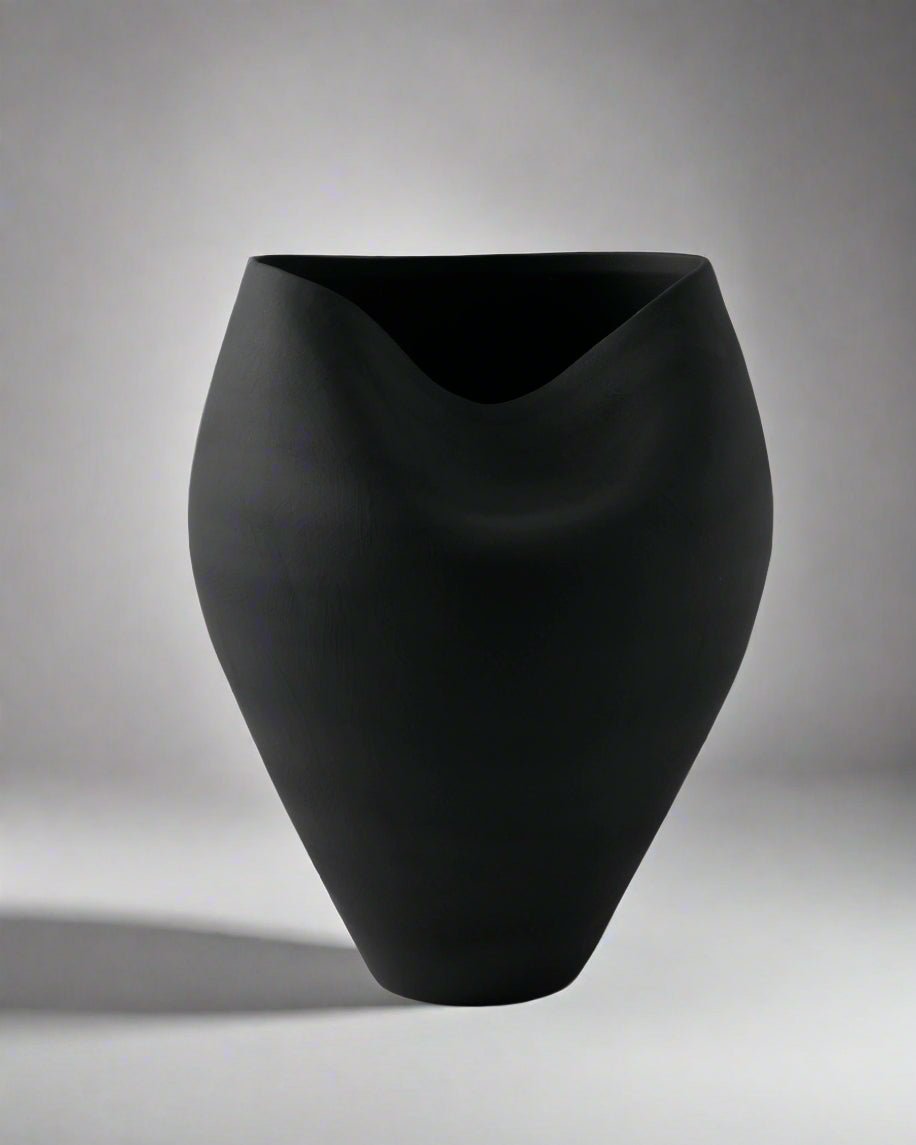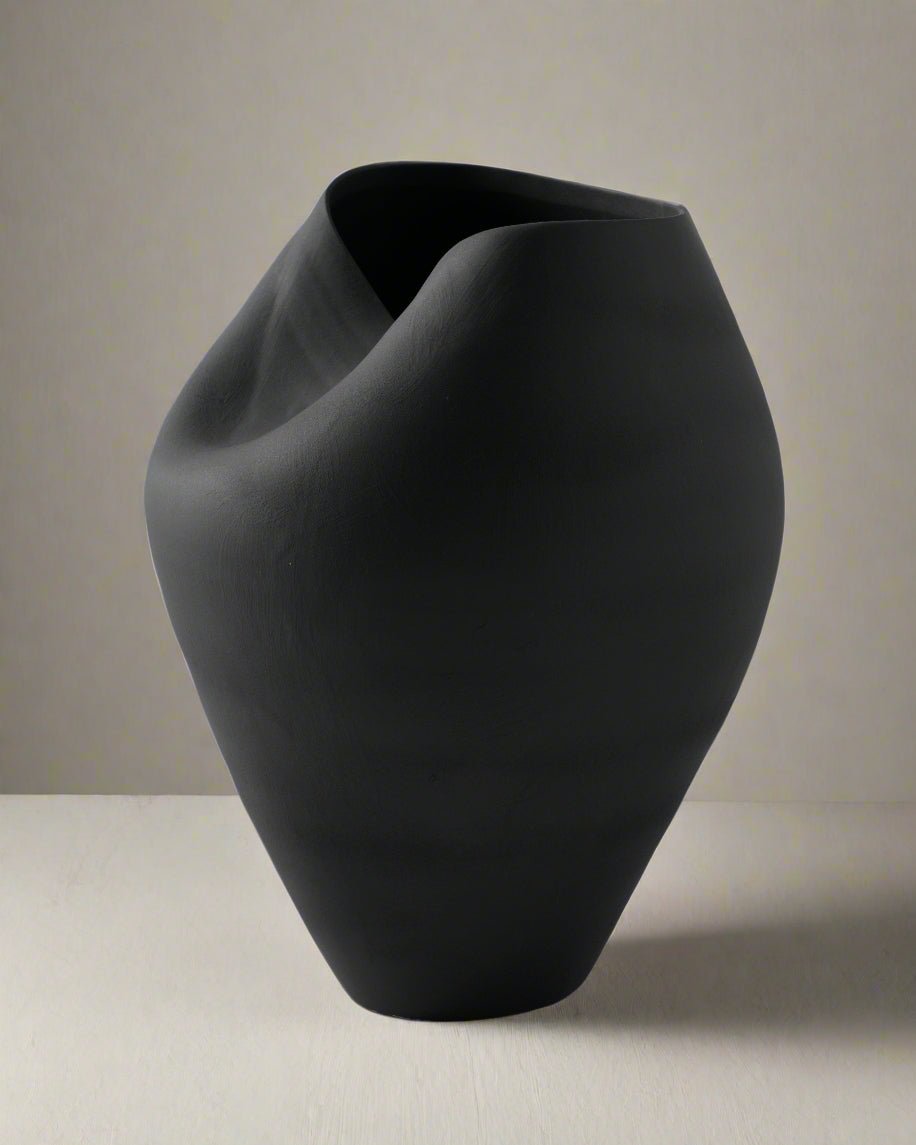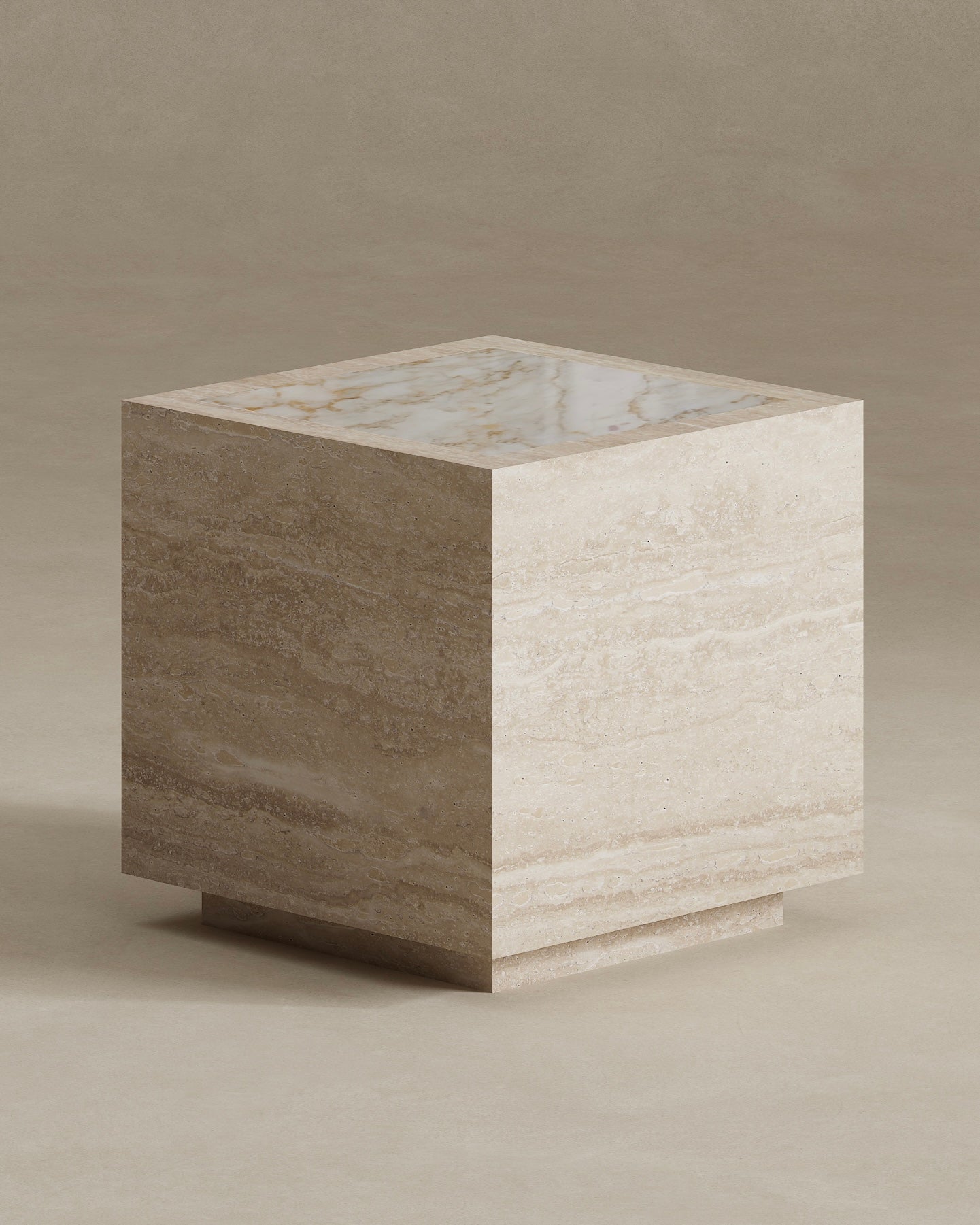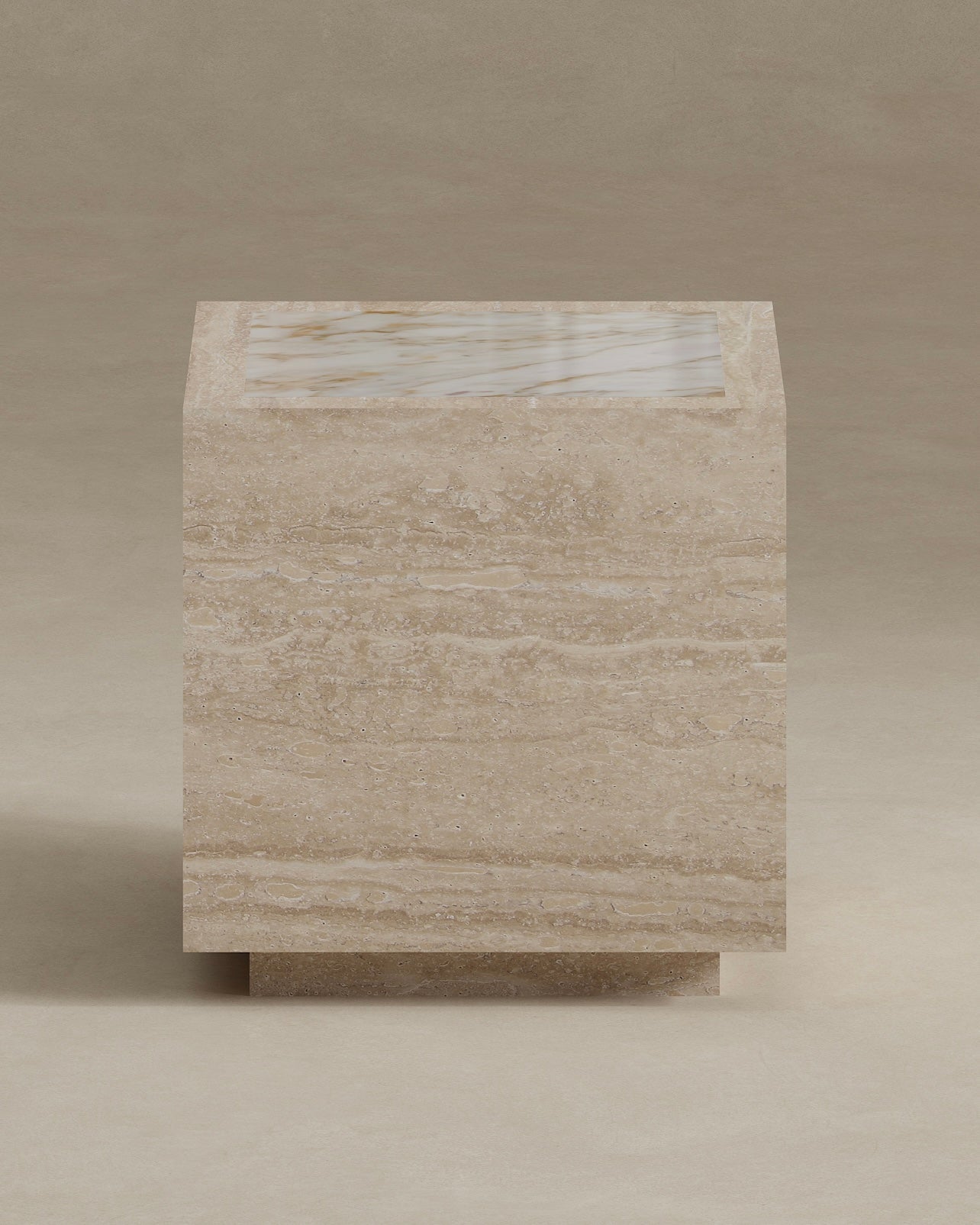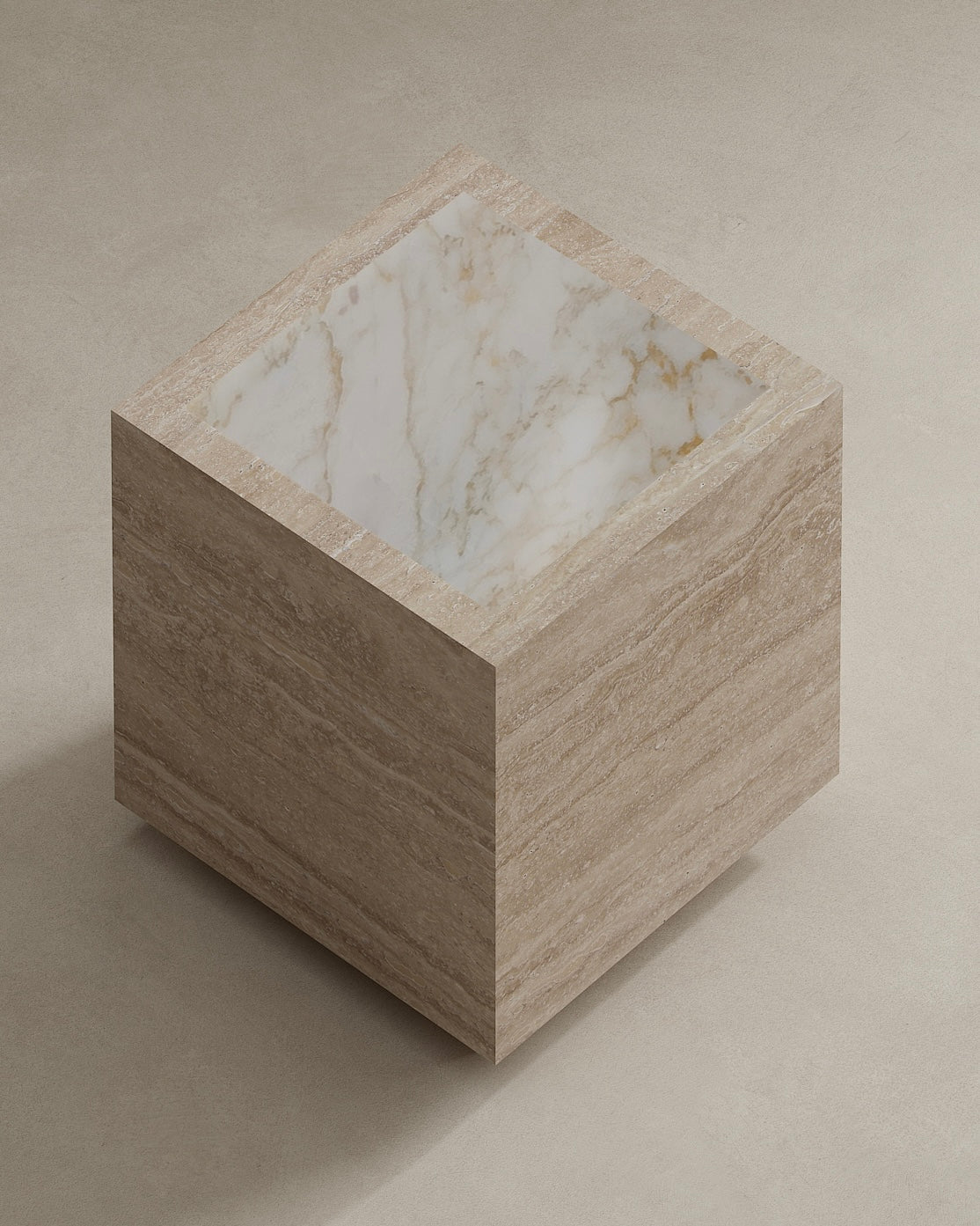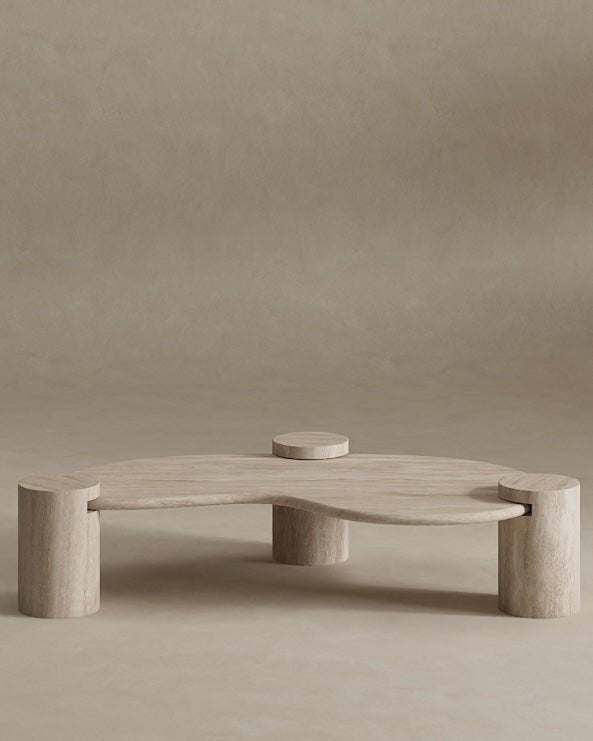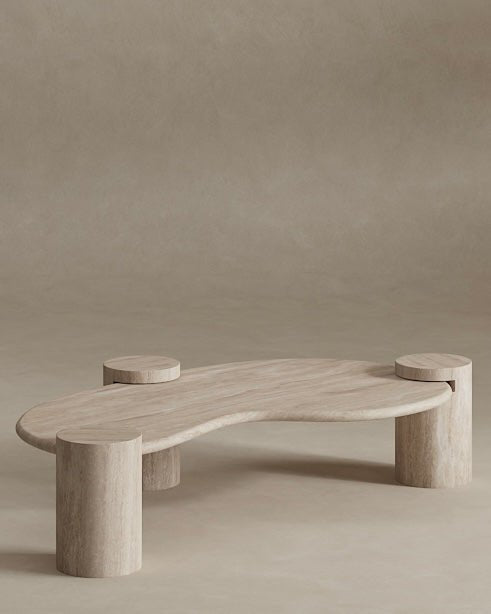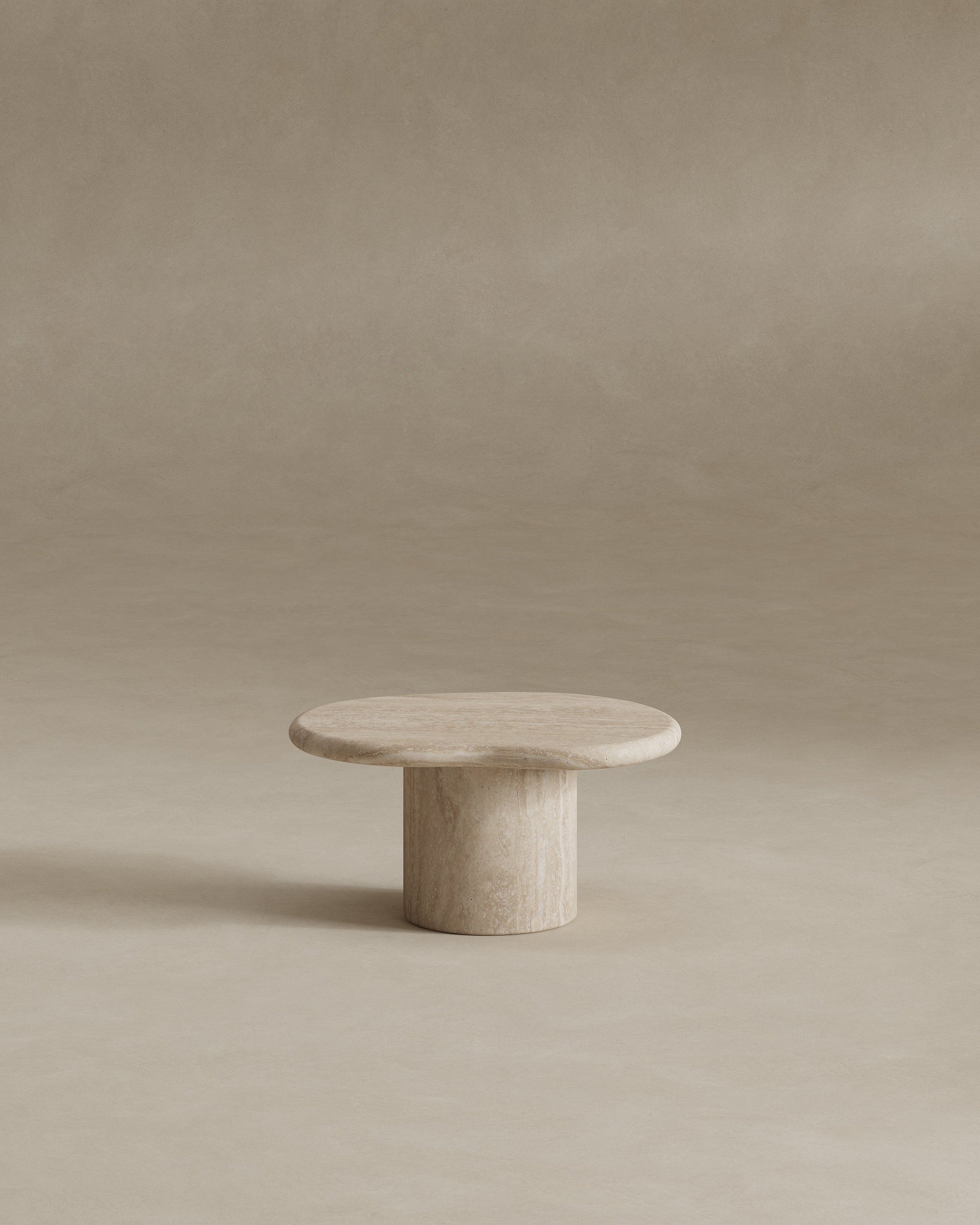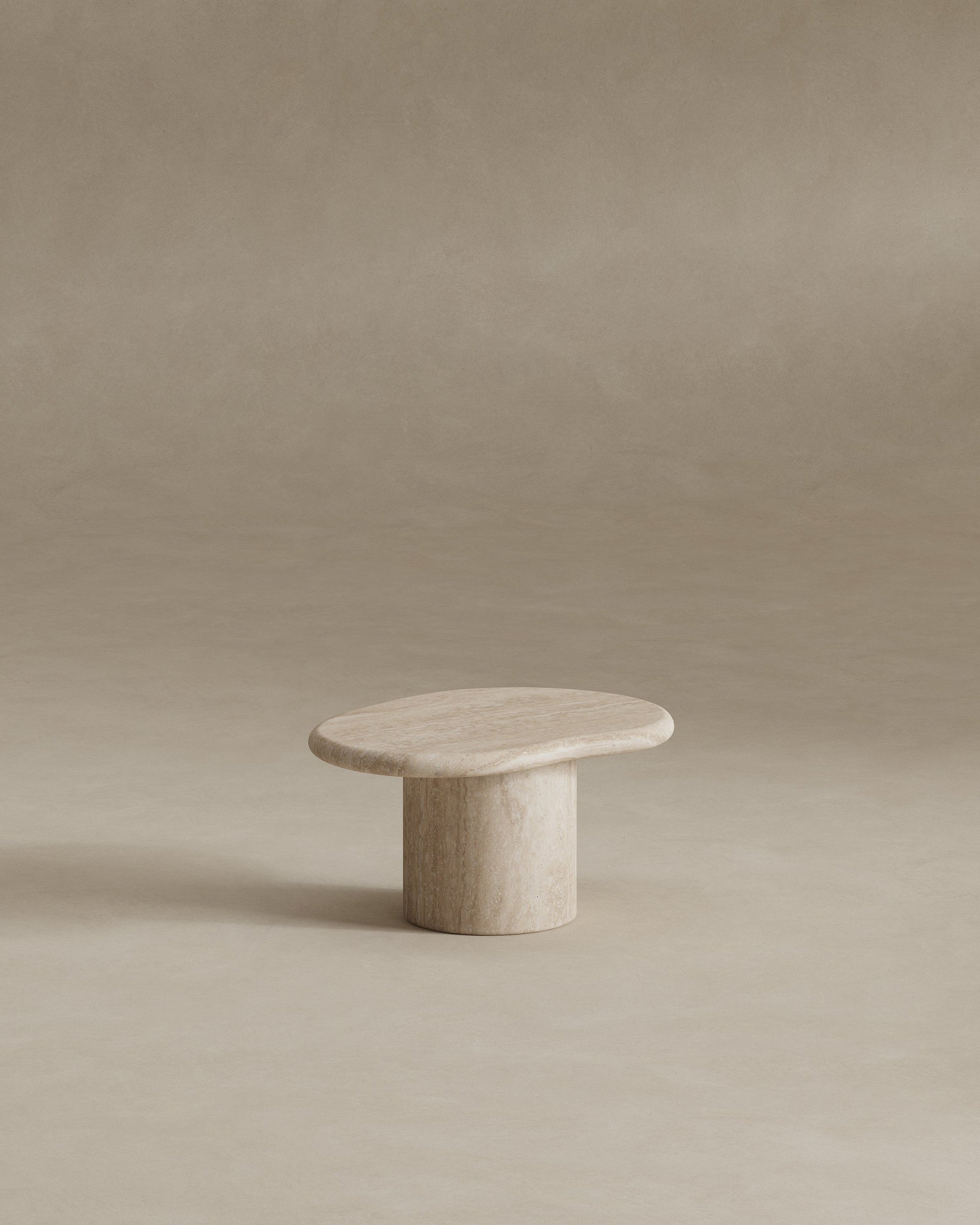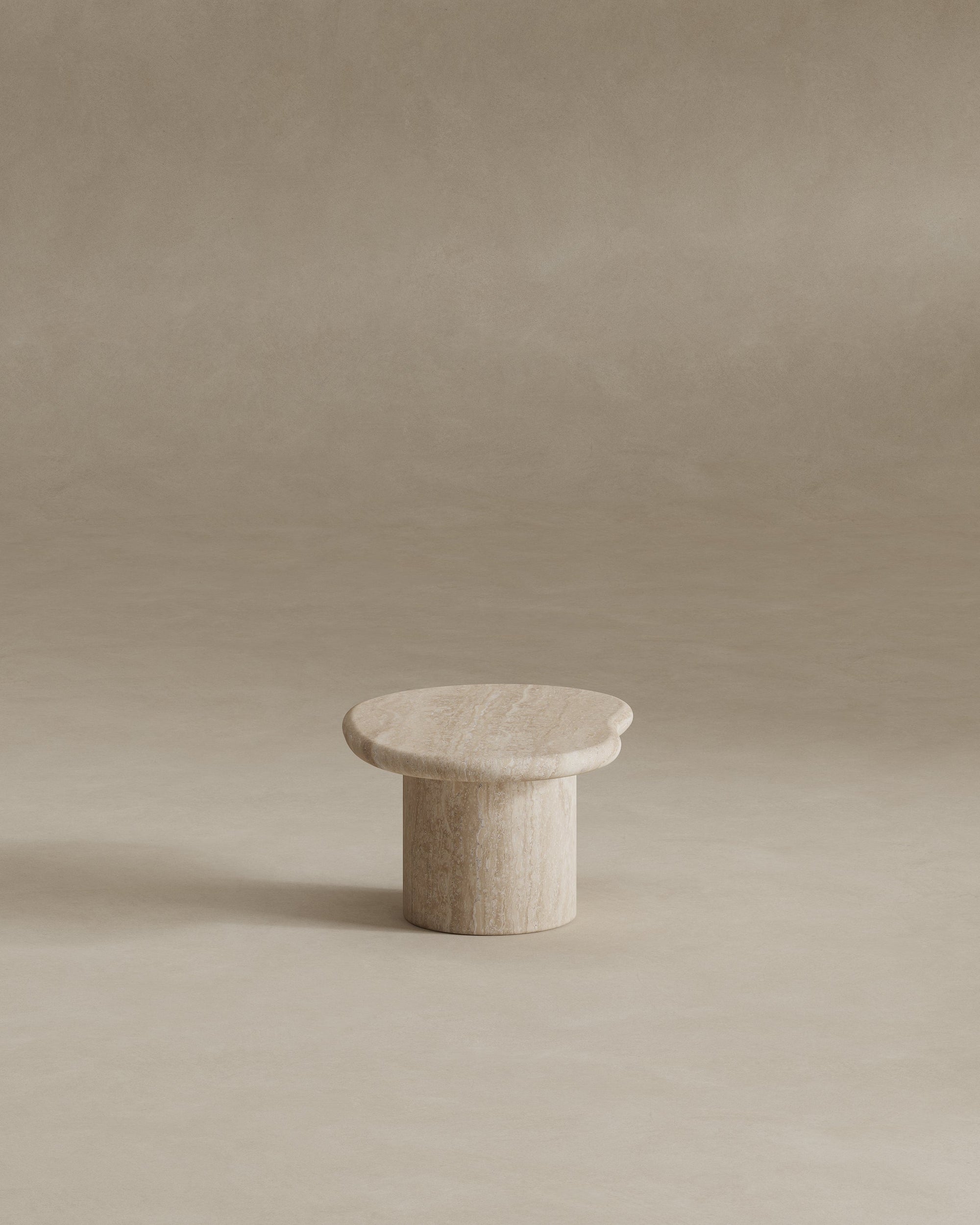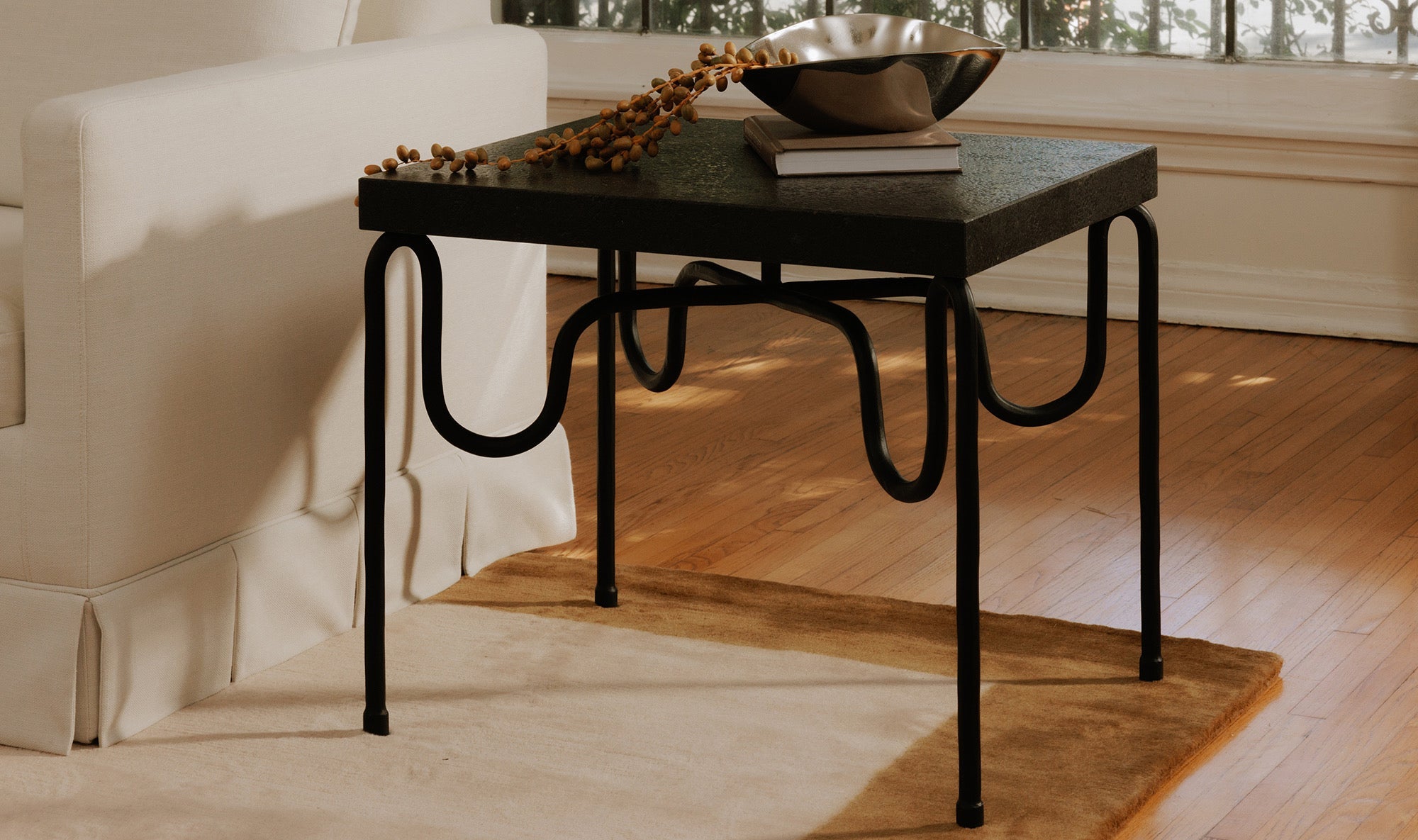Designing a room is both an art and a science, requiring a keen understanding of how different elements interact with one another. Two fundamental concepts in interior design that significantly contribute to the overall aesthetic and functionality of a space are scale and verticality. By mastering these principles, you can create a visually engaging environment that captivates the eye and elevates your home’s decor.
Understanding Scale

Featured above is the Honed Travertine Columns.
Scale refers to the size of an object in relation to the objects surrounding it and the overall space. Proper use of scale ensures that all elements within a room harmonize, creating a balanced and cohesive look. For instance, placing a large sofa in a small room can make the space feel cramped, while tiny accessories in a vast living area can appear lost and insignificant. To achieve the perfect balance, consider the proportions of your furniture, decor items, and even the architectural features of the room.
When selecting pieces for your home, think about how they will fit within the context of the space. A large piece of art can serve as a focal point in a spacious living room, while a collection of smaller artworks might be better suited for a more intimate area. Mixing items of different scales can also add depth and interest to your design, preventing it from feeling monotonous.
Embracing Verticality

Verticality involves positioning objects in a way that emphasizes their height, creating a sense of elevation and spaciousness. This principle is particularly useful in rooms with low ceilings or limited floor space, as it draws the eye upward, making the area feel larger and more open. Vertical elements can include tall furniture, floor-to-ceiling curtains, vertical stripes on walls, and, importantly, pedestal columns.
Pedestal columns, whether used as standalone pieces or in groupings, are an excellent way to introduce verticality into your design. These elegant structures not only add height but also provide a platform to display art, plants, sculptures, or other decorative items, enhancing their prominence within the room.
Creating Visual Interest

By varying scale and verticality, you can create a dynamic and visually engaging environment. The eye is naturally drawn to differences in height and size, allowing it to move fluidly from one object to the next. This interplay creates a sense of rhythm and movement within the space, making it more interesting and enjoyable to inhabit.
Pedestal columns are particularly effective in achieving this effect. For example, placing a tall pedestal in one corner with a striking sculpture can draw attention and add a sense of drama. Meanwhile, a shorter plinth with a delicate vase of flowers can balance the composition, creating a harmonious flow.
Varying scale and verticality when designing a room creates visual interest which engages the eye, allowing it to dance from one object to the next. This is where pedestal columns come into play. Whether you choose a standalone plinth or a grouping, they allow you to create dynamic focal points and add layers of depth to your decor. These versatile pieces can elevate art, plants, or sculptures, making them stand out and enhancing the overall aesthetic of the room. By incorporating pedestal columns, you can effortlessly achieve a harmonious balance of scale and verticality, transforming your space into a captivating and sophisticated environment.

